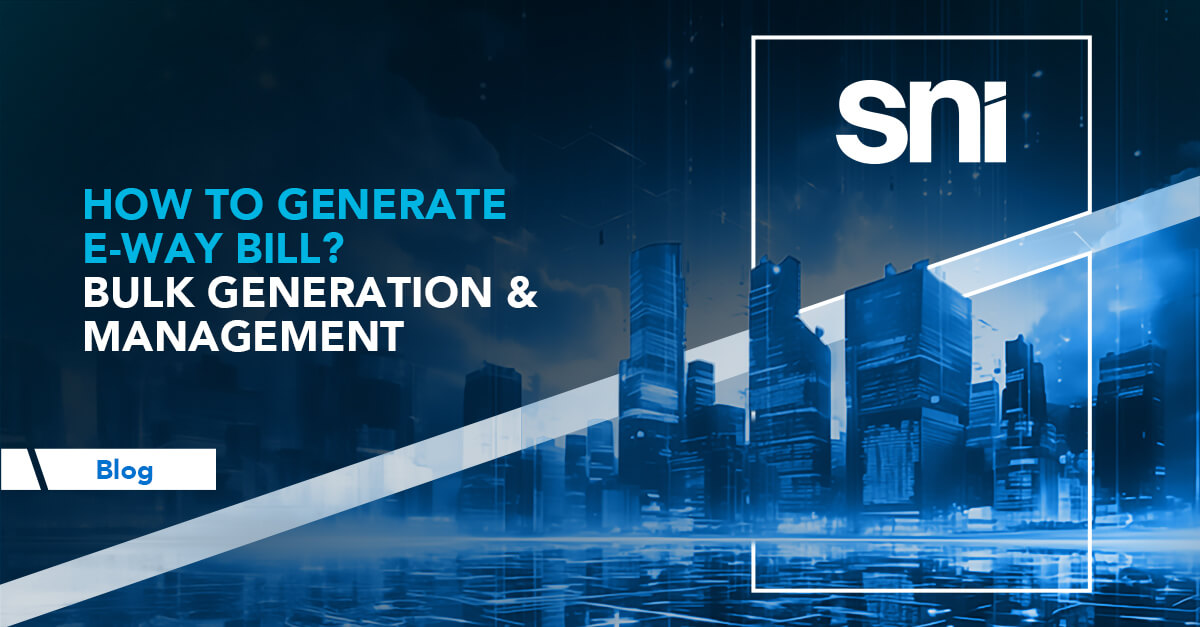
Published: December 2025 The Ministry of Finance and Economy has released four implementing regulations that set out the operational, technical, and reporting rules for







We offer SAP and Peppol certified solutions (SAF-T, Invoice Reporting, VAT Reporting and e-Invoicing) to more than 750 clients – thereof 70% multinational. Together with our >100 employees, operating across multiple locations in Europe, we aim to be a single partner globally for our clients.
About Us

If you would like to speak to a salesperson, please call +90 212 909 1664 or email contact@snitechnology.net to receive a call back.
SNI © 2025 All Rights Reserved.